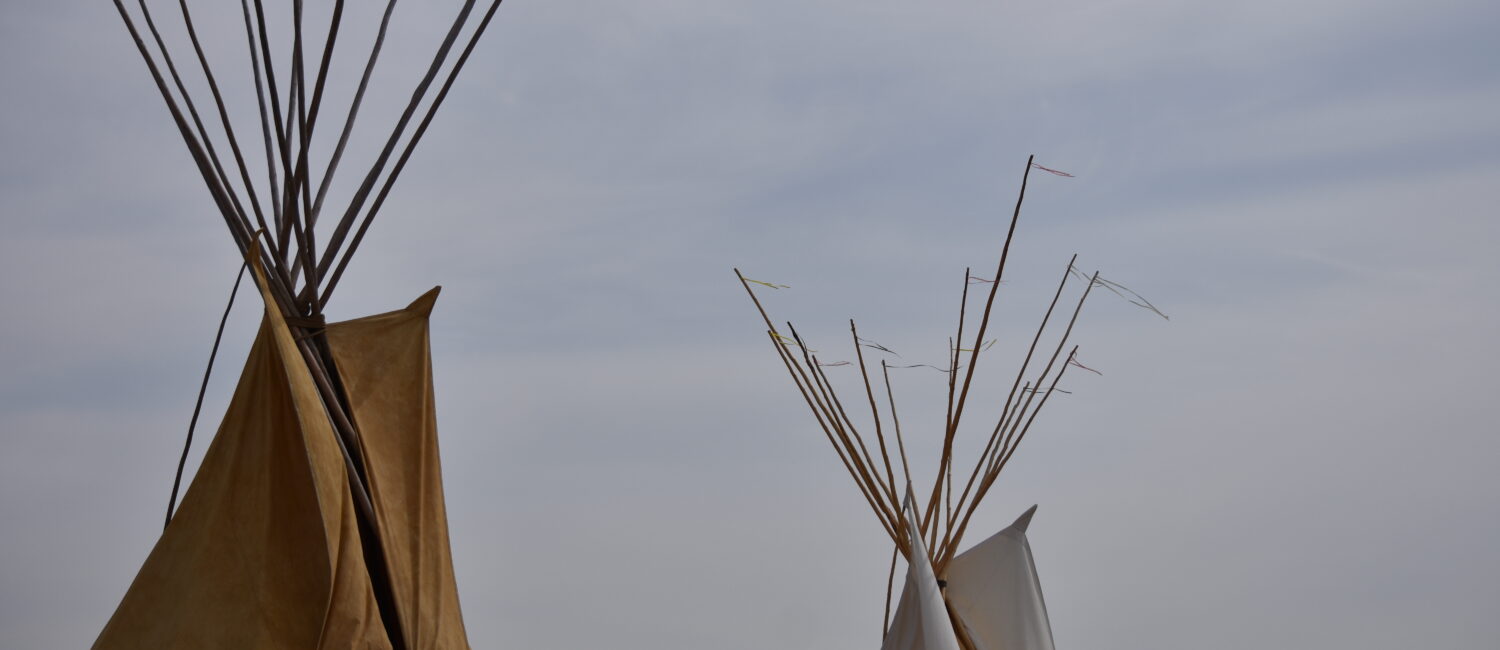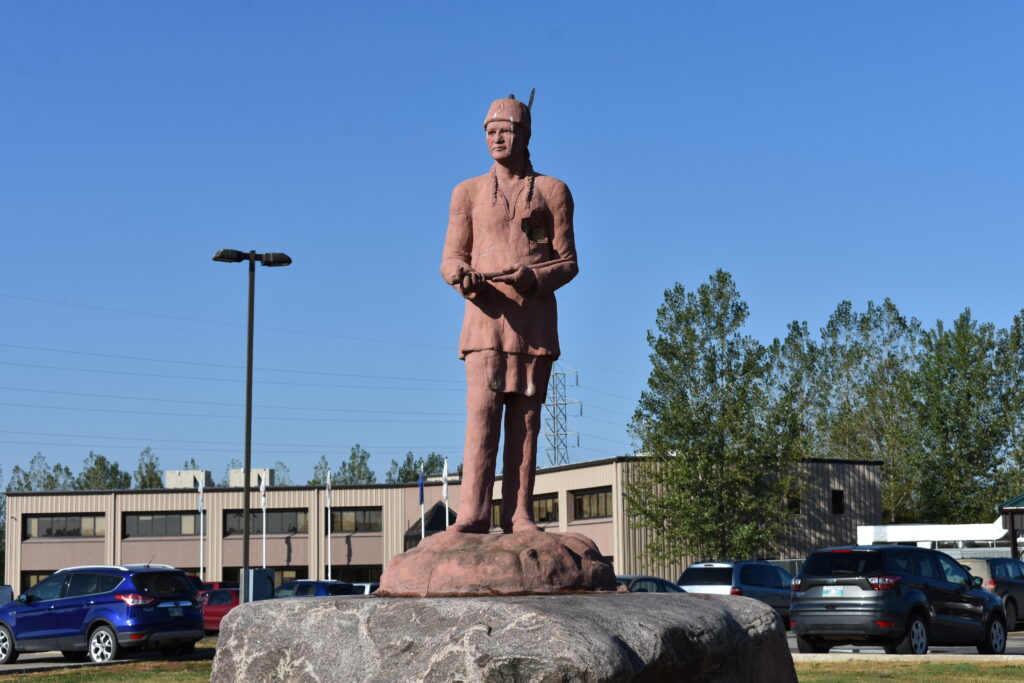So having identified Black Robe as a Long Plain ancestor, we turn to the prehistory of the area which is now southern Manitoba, and how it came to be that a Scotch Lord Selkirk would be negotiating an indenture with an Ojibway leader named Mechkadewikonaie, meaning”Black Robe”.
When the French “explorers”: Pierre-Esprit Radisson and Médard Chouart, Sieur des Groseilliers became the first Europeans to see the Forks of the Red and Assinibone River, there were 800 Yankton Sioux tipis camping there. Before the Sioux, there had been the Mandans who occupied the plains southwest of Lake Winnipeg at an early date.
In the late 1600s, the Cree were pressing from the northeast to the south west, and the Assiniboine were pressing from the southwest to the northeast. They met in the region west of Lake Winnipeg on the plains of the Red and Assiniboine rivers. The meat in this sandwich was the Mandans. The pressures from both directions forced the Mandans, who occupied the country to the southwest of Lake Winnipeg, to retire to the Upper Missouri. The Mandan are said to be of the Mound Builder people – mounds such as those which can be seen today near Swan Lake Reserve or at Pilot Mound. The Mandan lived in fortified villages, and were well-advanced agriculturalists and pottery makers. It is believed they suffered terribly from the ravages of smallpox, and became almost extinct. By the 1880s, a few still survived on the Upper Missouri, known as the “White Beards”.




